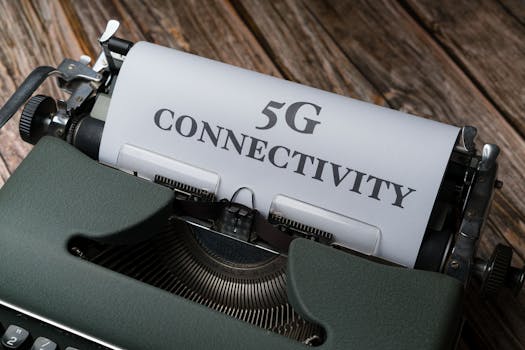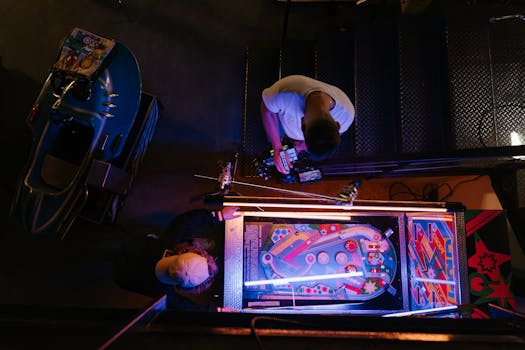The transformation of slot machines from their mechanical roots to the sophisticated digital platforms we see today is a fascinating reflection of broader technological advancements. This evolution has reshaped the gaming experience, making it more engaging, versatile, and accessible to a broader audience.
The Mechanical Beginnings
Initially, slot machines were purely mechanical devices, relying on gears, levers, and springs to operate. The Liberty Bell, developed by Charles Fey in 1895, is a prime example of this early technology. Players would pull a lever to spin the reels, and the resulting combinations of symbols determined their winnings. These machines had a certain tactile appeal, with the physical action of pulling the lever adding to the excitement of the game.
The Rise of Digital Slot Machines
As technology progressed, so did slot machines. The introduction of digital technology marked a pivotal shift. Modern slot machines are powered by complex software algorithms that control the reels, simulate the spin, and determine the outcome. This digital format allows for a greater variety of symbols, multiple reel configurations, and numerous paylines, significantly increasing the complexity and excitement of the game.
Pros and Cons
Mechanical Slot Machines:
- Pros: Physical interaction, mechanical reliability, and historical charm.
- Cons: Limited betting options, fewer features, and minimal interactivity.
- Pros: Enhanced graphics, innovative game features, and dynamic content.
- Cons: More prone to technical glitches and require constant software updates.
Digital Slot Machines:
Practical Examples
The impact of digital technology on slot machines is evident in modern casinos. For example, the digital slots in Las Vegas casinos now offer interactive features such as touchscreens, video clips, and sophisticated bonus rounds. These advancements not only enhance the gaming experience but also appeal to a tech-savvy generation, potentially increasing the customer base.
Conclusion
The journey from mechanical to digital slot machines is a testament to the transformative power of technology. While each type of slot machine has its own set of advantages and disadvantages, it is clear that digital technology has allowed for greater innovation and a more engaging user experience. As we move forward, the continued evolution of slot machines is likely to incorporate even more advanced technologies, such as virtual reality and blockchain, further revolutionizing the way we gamble.
Exploring the technological advancements in slot machines offers a window into the future of gaming, providing insights into how digital innovations can transform traditional industries. For anyone interested in the interplay between technology and user experience, the evolution of slot machines offers a compelling case study.

.png)





